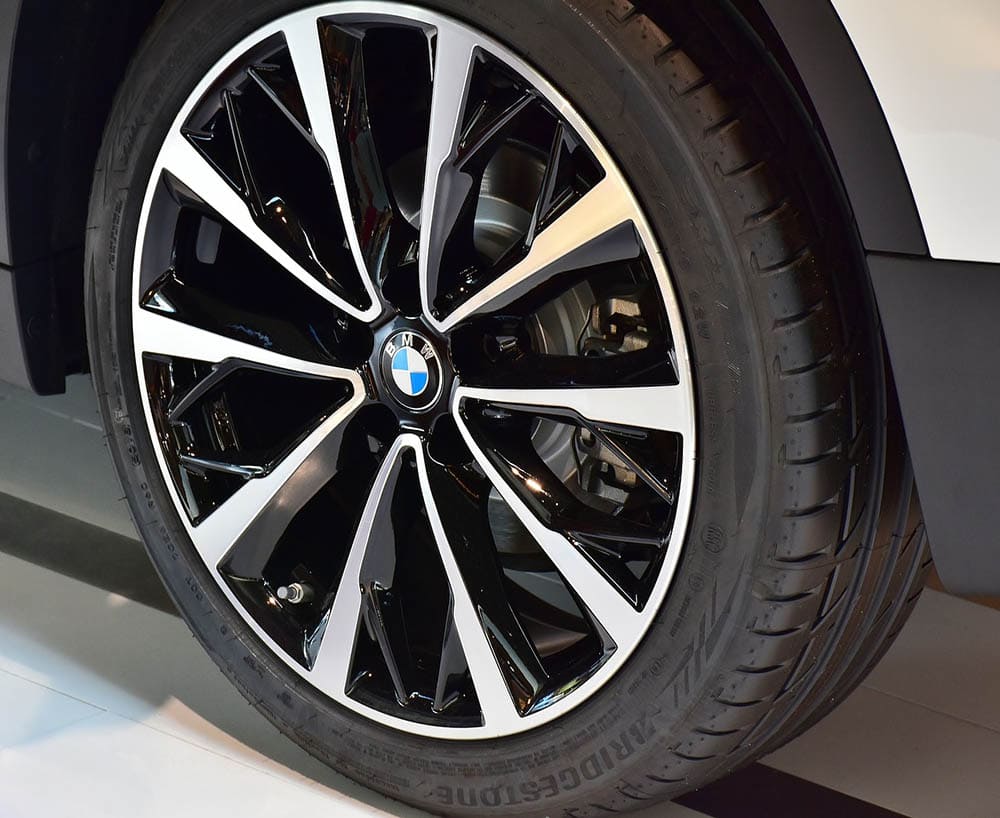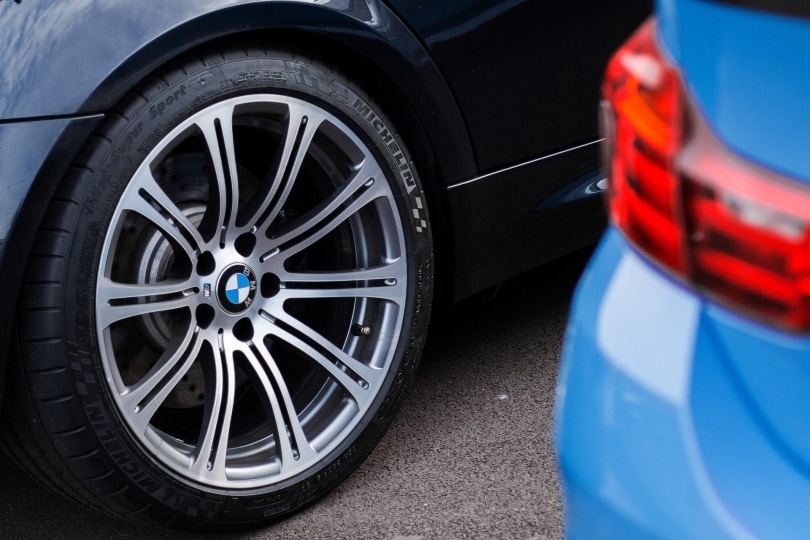What Is the Meaning of the Tire Size Numbers? Facts & FAQs
-
Codee Chessher
- Last updated:

If you’ve ever taken a close look at your tires, you’ve seen a series of numbers embossed on the tire. While these can seem mysterious, they’re actually used to label a series of specs about the tire, also known as the tire service ratings. So, what do tire numbers mean? Let’s break it down.
What Do Tire Numbers Mean?
The position of the number or letter on the tire determines what is described. For this example, we’ll be going by these numbers on a common tire: P 215/65 R 15 89 H

Tire Service Ratings:
- P: the P at the beginning of many tires simply means it’s a tire for a passenger vehicle. LT is used if it’s a light truck tire used by trucks and SUVs, or ST for a special trailer tire used by large boats and fifth-wheel trailers. If there is no letter, it means you have a metric or European-style tire. These tires are also measured in millimeters, but they may have different load capacities.
- 215: the three-digit number following the first letter describes the tire width in millimeters.
- 65: Separated from tire width by a forward slash, this number refers to the tire’s aspect ratio, which is how tall the tire’s sidewall is. The aspect ratio is a percentage of the tire’s width. So, in this case, the tire’s sidewall is 65% of the tire’s width. If you convert the sidewall height to inches (215 millimeters = 8.46 inches) and then multiply it by the aspect ratio, you get a sidewall height of 5.5 inches/139.7 millimeters.
- R: this letter tells you the tire’s construction type. In this case, R means radial, which is the standard for most vehicles. Radial tires have strong, coated cords laid perpendicular underneath the tire surface to the direction of travel. Other letters you may see are D for diagonal and F for flat-run tires.
- 15: this two-digit number describes the wheel diameter in inches. Specifically, it’s the distance between the bead seat areas.
- 89: this number lists the tire load index, which is how much weight the tire can hold. When inflated to its maximum pressure, a tire with a tire load index of 89 can hold 1,279 pounds.
- H: this final letter is the tire speed rating, which describes the maximum safe speed the tire can sustain. In this case, H means the tire can handle speeds of 130 miles per hour. Pay close attention to this rating, as it determines your effective top speed.
How to Tell if a Tire Will Fit Your Car
If you’re interested in buying differently sized tires, you should first check if they’ll fit your car. The best way to find out if a tire will fit your car is to simply ask a tire professional. They’re trained to size tires for various makes and models of vehicles and will know what types of tires are compatible with your vehicle.
Tire size differences could cause cosmetic body damage or interfere with your car’s suspension or brakes. Differences in the tire speed index or load index can affect how your car rides, your effective top speed, and how much weight your tire can handle.
Conclusion
The letters and numbers on your tires may seem inscrutable and arcane, but they actually refer to various specification ratings about your tire. It’s important to keep these in mind when you have your tires replaced because not all tires are compatible with all vehicles.
Featured Image Credit: RitaE, Pixabay
Contents
